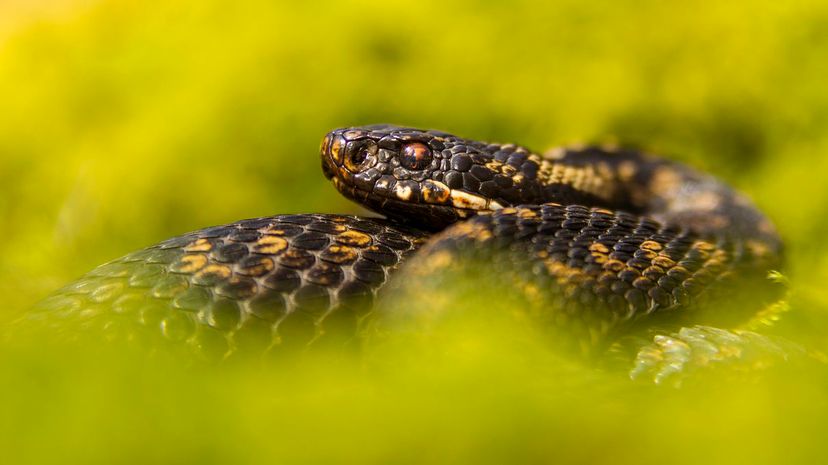
About This Quiz
There are snakes on pretty much every continent on Earth except for Antarctica. Still, when you usually hear about them, you're mostly focusing on the really exotic and deadly ones that live in jungles and rain forests, or maybe the ones you need to avoid in your own backyard. Most people in the rest of the world probably don't consider Europe to be a big hub of snake activity. It's true there aren't as many species of snakes as you'll find in places like South America or Australia, but there are still a good number of them there. There may not be the massive constrictors you'll find in some parts of the world or spitting cobras, but that doesn't mean the ones that do live there aren't worth learning about.
If you fancy yourself a real snake expert, or if you're just the kind of person who's really into snakes, then you have to be able to identify at least a few European serpents, right? Maybe if you're a super expert, you'll be able to get most of them. But can you identify every single one in this quiz? Anything' possible. Take the quiz and let's see what you got.
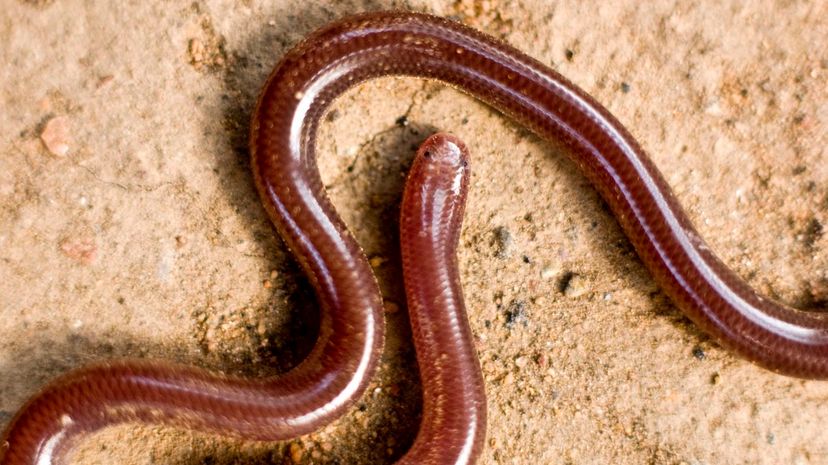
Worm snakes are small snakes that do live up to their name and, at first glance, very much resemble earthworms in size and color. It's not the only kind of blindsnake found in Europe, but it is the only one of its genus.
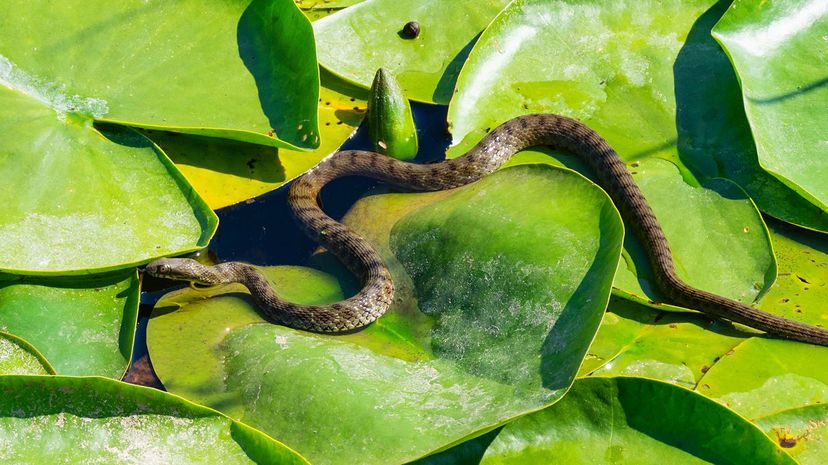
The dice snake is also sometimes called a water snake thanks to the fact it spends most of its time near rivers and streams. Because of its choice of habitat, it also tends to feed mostly on frogs and fish.
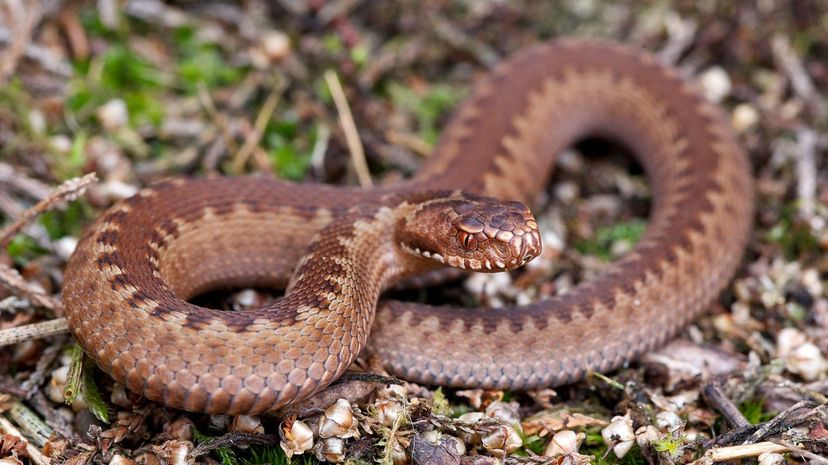
The European adder is a very widespread venomous snake throughout Europe. You can find them from Norway to Italy to Great Britain and all the way to China. Despite the fact they're venomous, they're not especially dangerous since they tend to only strike when they have no other options.
Advertisement
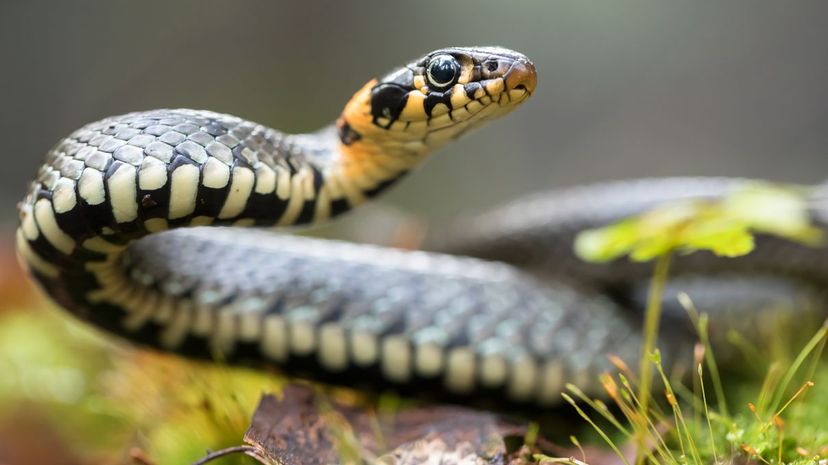
The grass snake is one of only three snakes found in Great Britain, though they're also found in most other places across Europe. They prey mainly on amphibians as well as insects or worms.
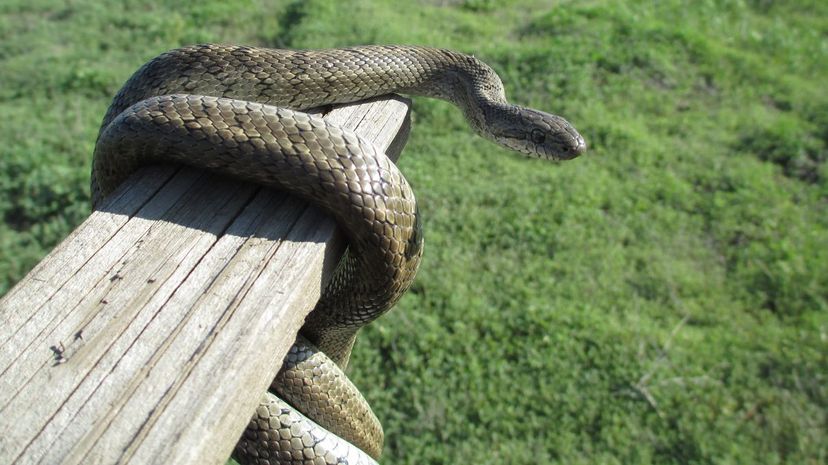
Steppes rat snakes tend to live in dry, arid regions — which could include cracks in walls if your home happens to be in that same area. It makes a decent pet since it doesn't often grow to over 2 feet in length, and it's fairly slow and docile and will eat just about anything.
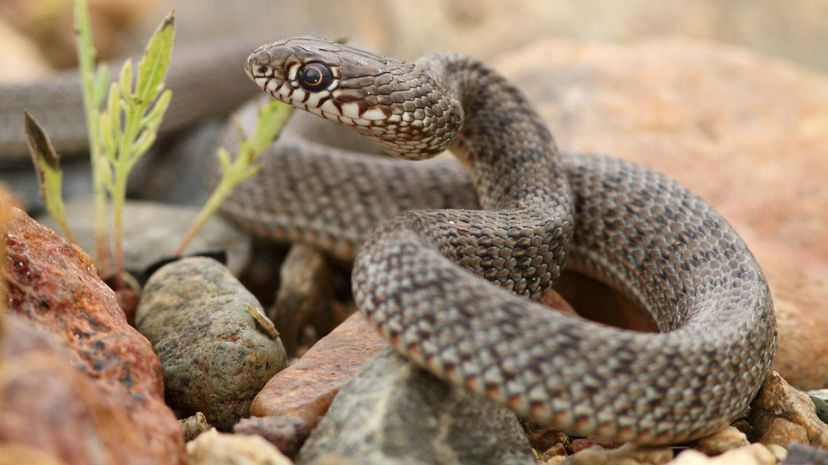
The Caspian whipsnake can grow to lengths of over 5 feet, while the record holder for the species was over 8 feet in length. The snakes aren't venomous, but when you're 8 feet long, you don't need venom to intimidate others.
Advertisement
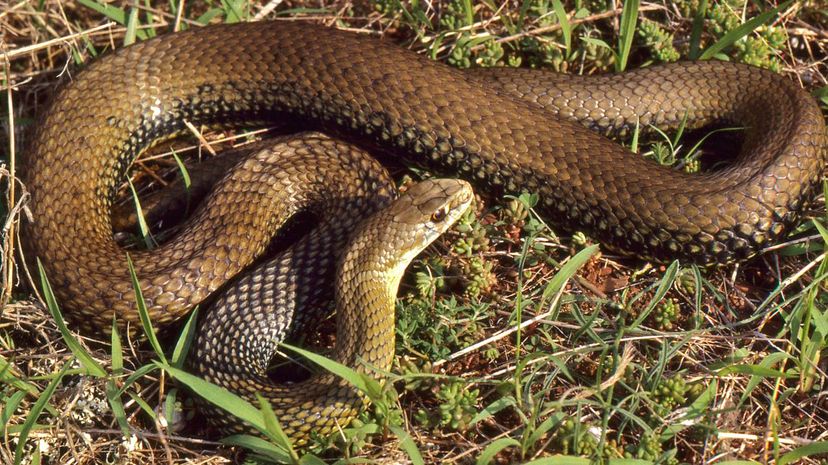
The Montpellier snake can grow to lengths of around 7 feet, and even though it's venomous, it's not venomous in a noteworthy way. The venom is very mild relative to most venomous snakes, and some of the rare cases of envenomation are due to people literally putting fingers in the snake's mouth.
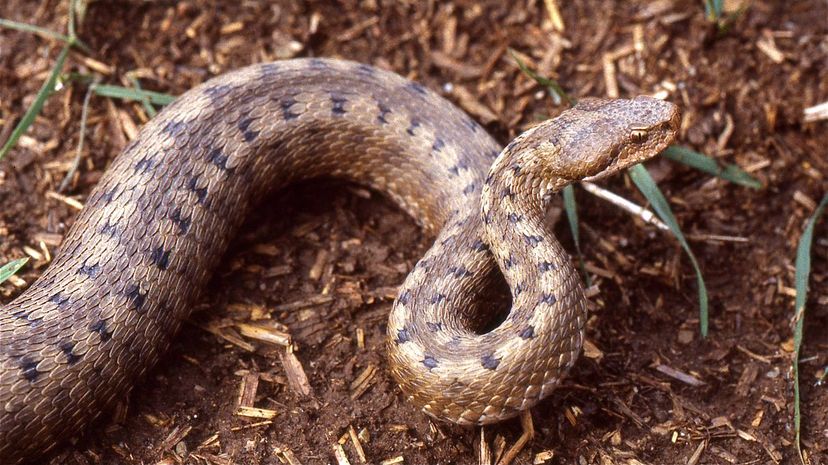
The asp viper is a highly venomous snake that can give not just a painful but a deadly bite. According to legend, this may be the snake that was responsible for killing Cleopatra, though that's just a theory.
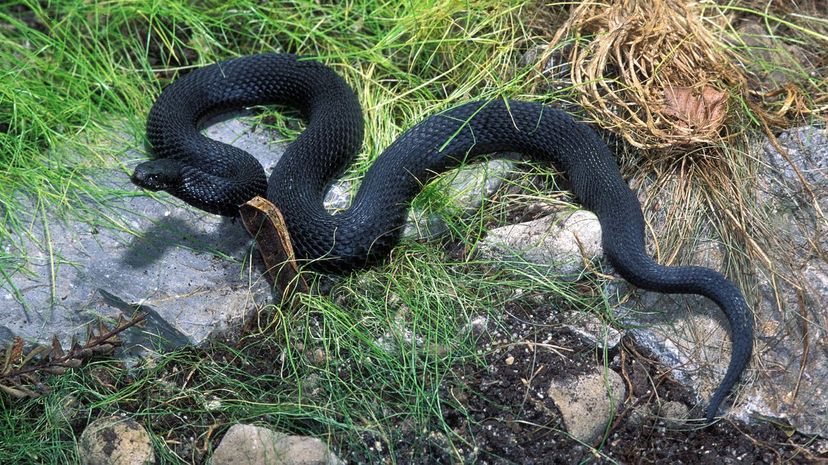
Nikolsky's adder was named in honor of Russian herpetologist Alexander Mikhailovich Nikolsky. Not only does he have a snake named in his honor, but there's also a tortoise that bears his name out there too.
Advertisement
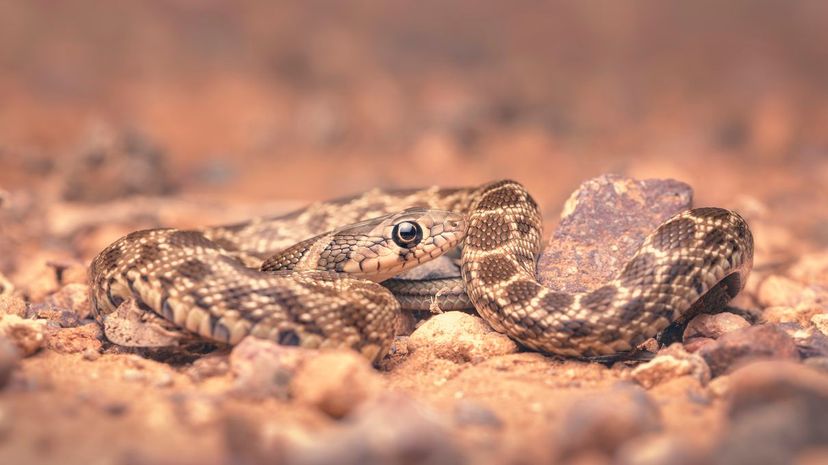
The horseshow whipsnake gets its name from the horseshoe-shaped mark on the back of its neck and head. They can grow to lengths of about 5 feet, which makes them a pretty hard-to-miss species.
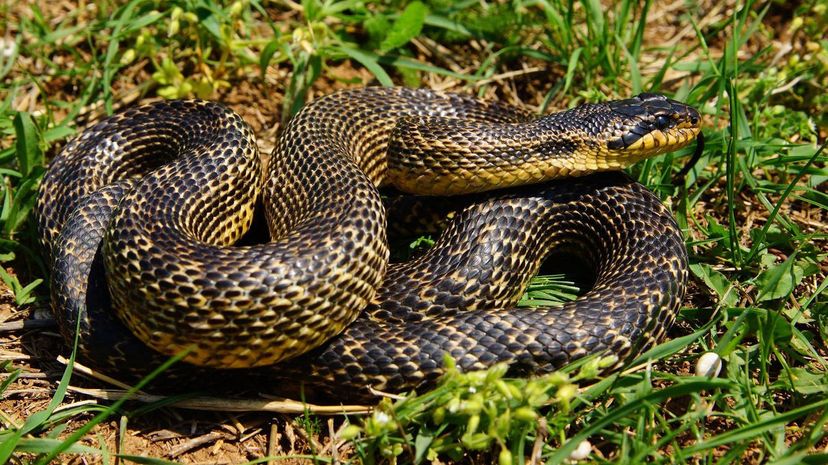
Blotched snakes can grow to some incredible lengths, over 8 feet in some extreme cases, but they're also remarkably hard to find. In Romania, only a handful of specimens have ever been caught to study.
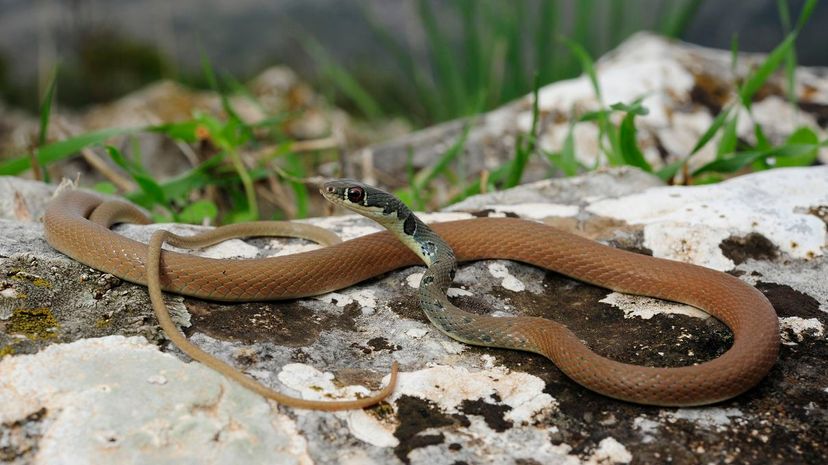
Dahl's whipsnake was named for Swedish botanist Anders Dahl, the same fellow for whom the dahlia flower is named, so you know he's a bit of a big deal. The snakes are a highly protected species and are not legally allowed to be killed in most places.
Advertisement
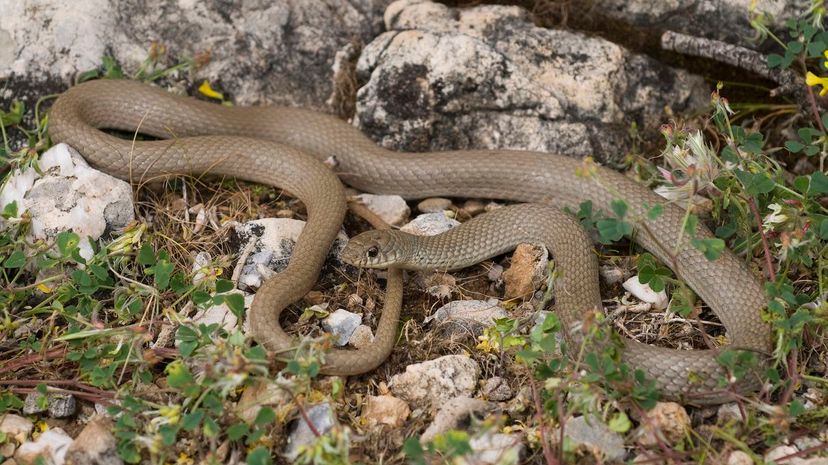
Though you can find this snake in various parts of Europe, it's very common across all the Greek islands. It's fairly well adapted to different kinds of habitats, though it seems to mostly enjoy scrubland, fields and woodlands.
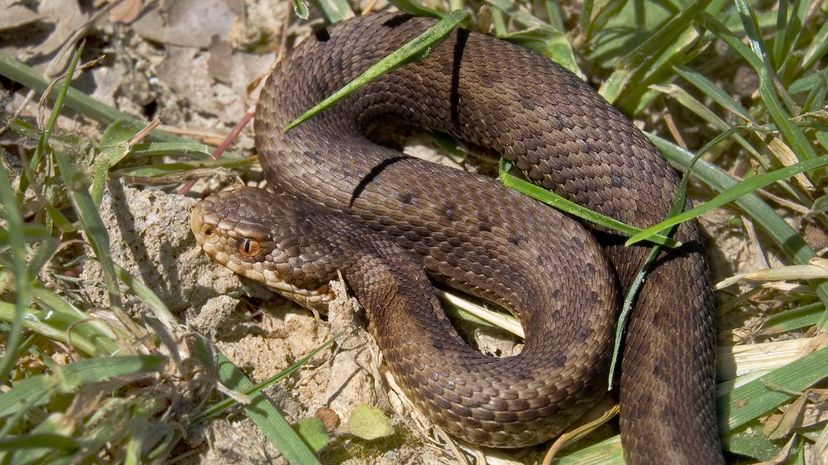
The Seoane viper is a highly polymorphic species of snake, which means it's known to have a number of different color patterns. Many snakes in captivity are bred specifically to bring out desired colored patterns that make them more valuable, though a Seoane viper would be a bad choice thanks to its venomous nature.
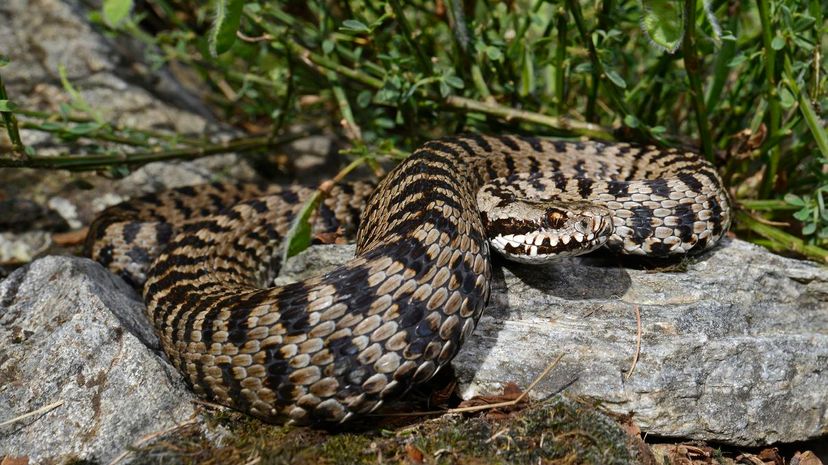
Walser's viper can be found most abundantly in the north of Italy. It ranges through the Alps and is one of the few venomous snakes that you can find at altitude in the mountains of Europe.
Advertisement
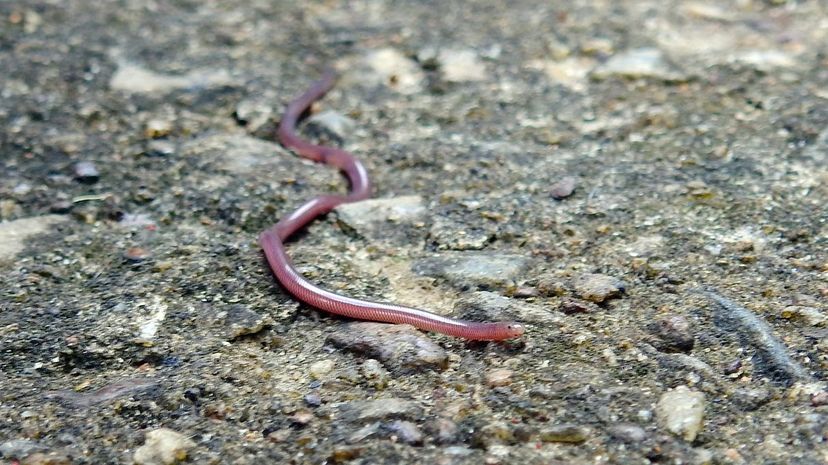
Flowerpot snakes are a species of blind, worm-like snakes that were originally native to Asia. They get their name from the fact that they've been transported throughout the world, including Europe, in flower pots hidden in the soil.

Javelin sand boas can be found in Eastern Europe as well as Africa and the Middle East. It gets its name from the fact that, in Ancient Greece, they used to hurl these snakes like projectiles into the boats of invading armies to freak them out.

The red whipsnake can be found in places Bulgaria and Jordan. They grow to perhaps 2 feet to 3 feet in length and tend to feed only on small lizards and reptiles, occasionally supplementing their diet with insects in a pinch.
Advertisement

The Cyprus whipsnake is native to the island of Cyprus and is harmless to people. They only eat small rodents and lizards and can't be found anywhere else in the world. Unfortunately, this snake is also being threatened by habitat loss.
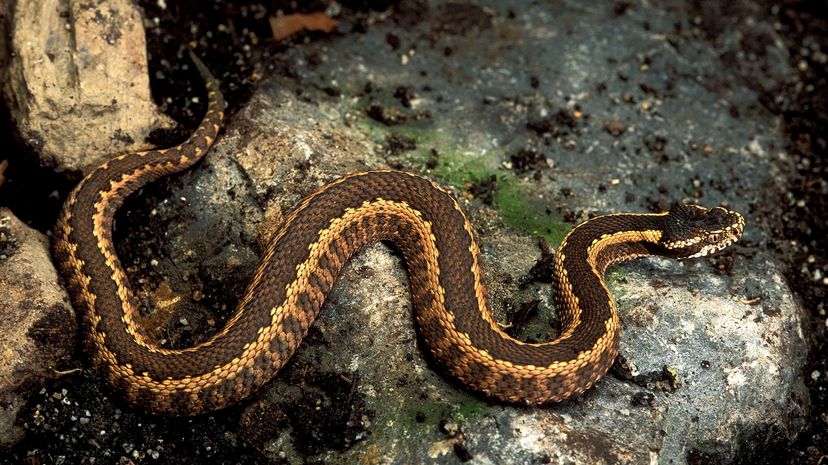
Like all vipers, Dinnik's viper is a venomous snake. They can be found in Russia and Georgia. It only grows from about 15 to 20 inches, and it's considered a threatened species due to its relatively small range that continues to be at risk.
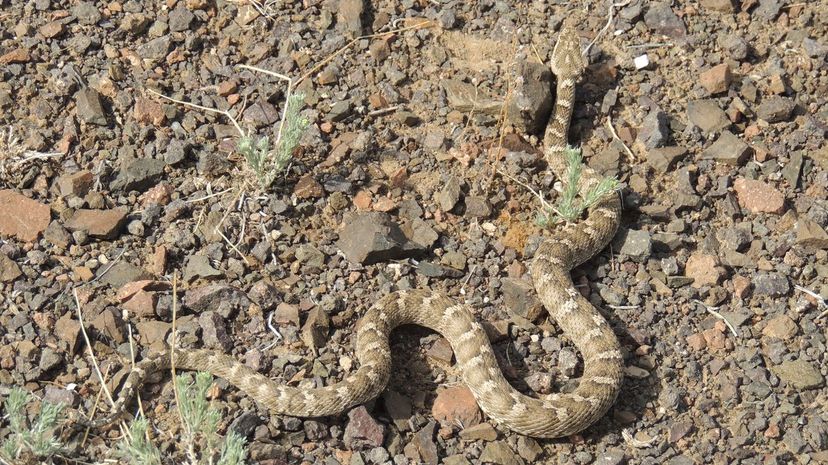
Halys pit viper is one of those snakes that keeps getting renamed. It's also known as the Mongolian pit viper, Asiatic pit viper, Pallas' pit viper, Siberian pit viper, Korean pit viper and shchitomordnik, amongst others.
Advertisement
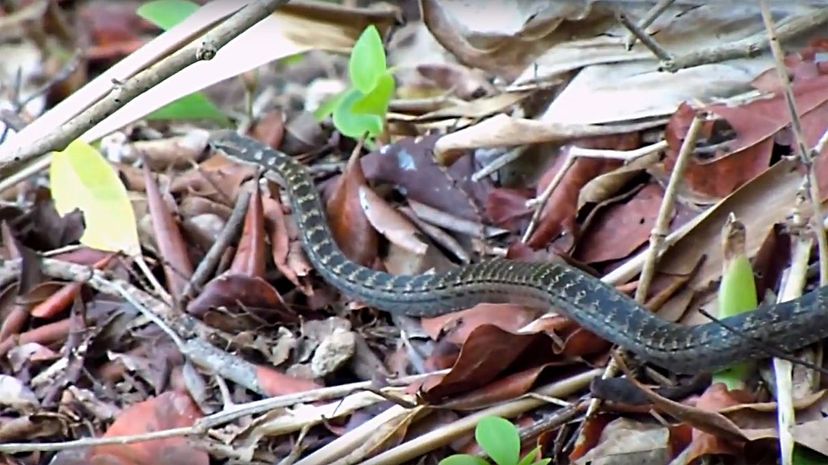
Red-bellied racers are found throughout the Middle East and in the Caucasus region of Russia. Despite their extremely flashy name, there's not a lot of evidence they do much racing or are any faster than your average snake.
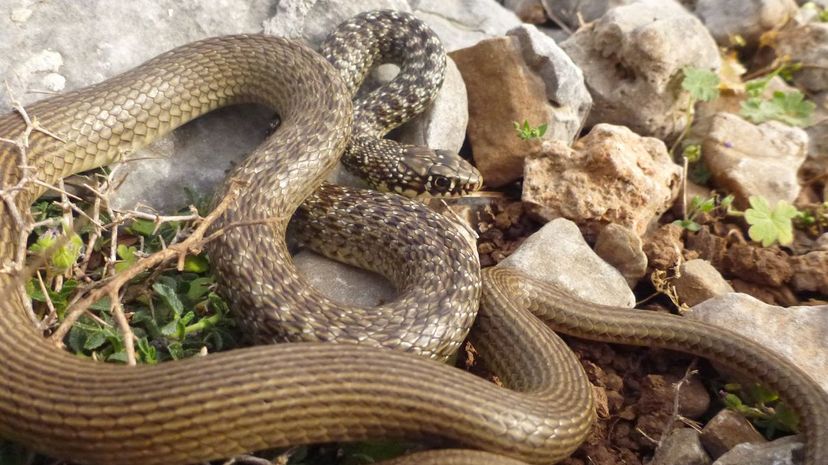
As you might expect, the Balkan whip snake lives in Balkan countries as well as places like Italy and the Greek islands. It's highly adaptable and also very skilled at climbing bushes and small trees.
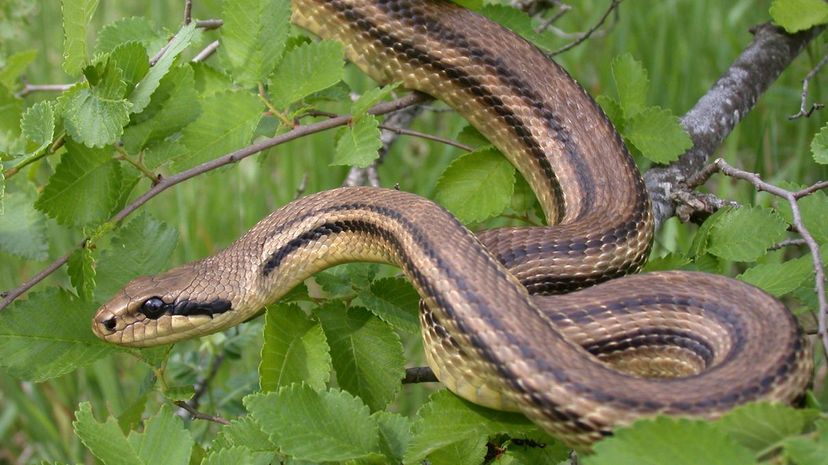
The four-lined snake got its name because, you guessed it, it has four dark stripes running down the length of its body. When they're young, they don't have stripes so much as spots or little splotchy patches of color.
Advertisement
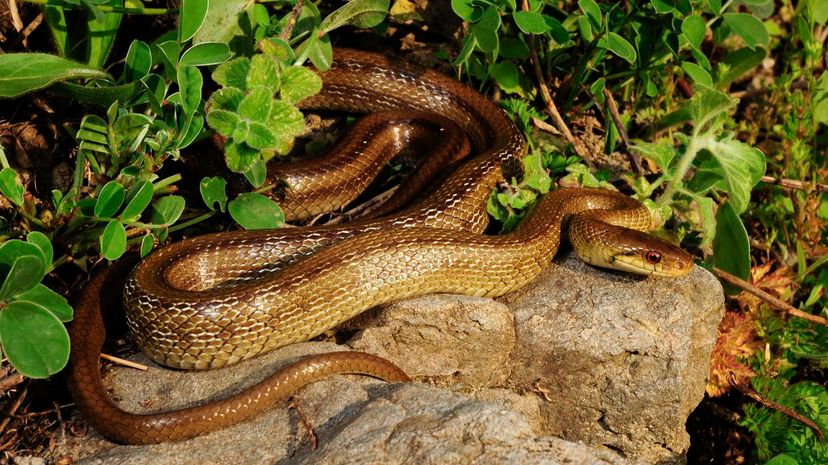
The Italian Aesculapian snake lives exclusively in the Southern part of Italy and around Sicily. They grow to be around 6 feet in length, and they also have red eyes, which net them the common name "red-eyed racer."
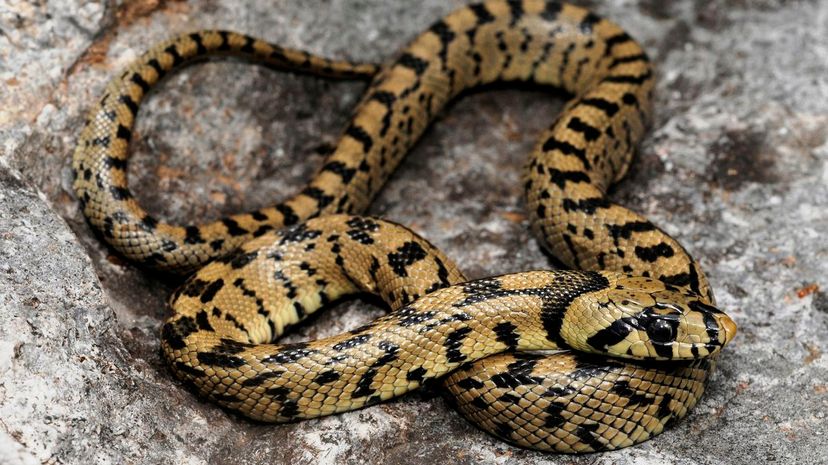
The ladder snake lives in the Southwestern part of Europe, where it seems to enjoy shrubland the most. It gets its name from a distinctive pattern that runs up its back and which resembles the rungs on a ladder.
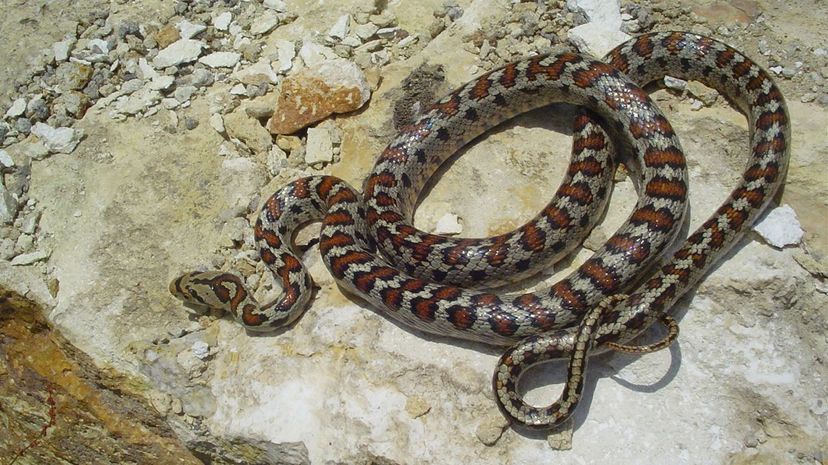
Leopard snakes, also called European rat snakes, have some of the most distinctive colors and patterns of all the snakes in Europe. Like their namesake, the most noticeable thing is the black-circled, leopard-like orange spots along their backs.
Advertisement
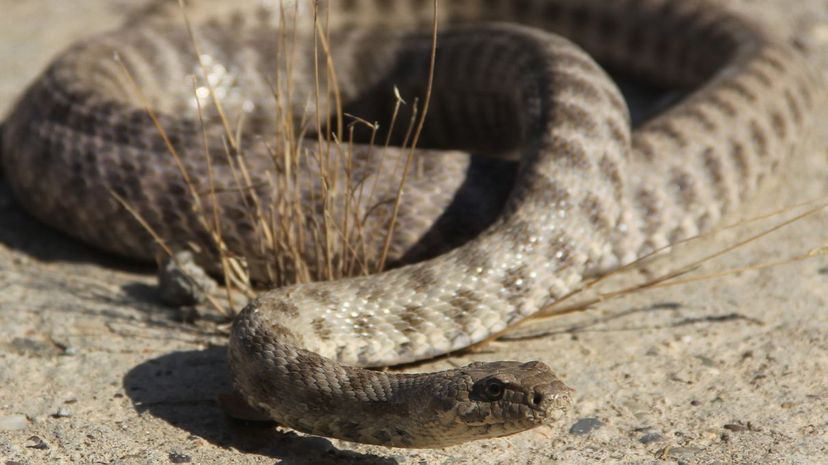
Spotted whipsnakes live all across Europe and into the Middle East and Asia, making them a fairly common sight. They're generally grey with black spots. The scientific name is "hemmorhois ravergieri," which comes from an attache at the French embassy in Saint Petersburg, Russia.

Sand boas have pointy little heads that are well-suited for burrowing. Even their tails are designed for burrowing with large vertebrae to help push them along under the sand. In fact, they spend much of their time fully hidden in the sand with only their heads exposed.
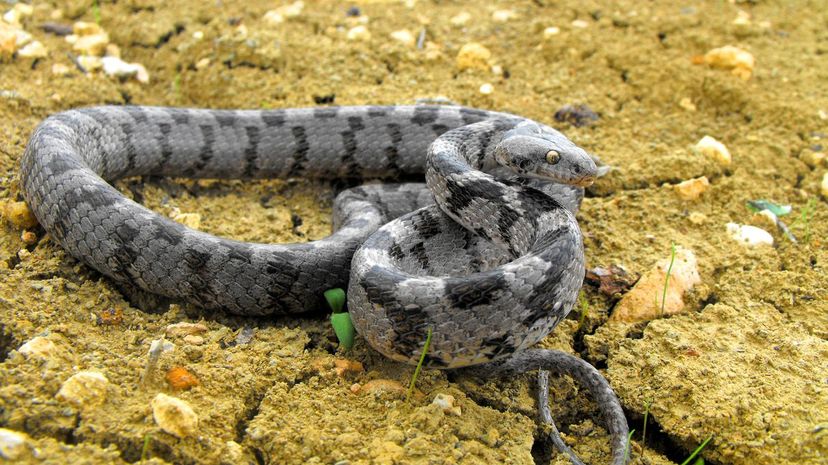
The European cat snake is a venomous snake that can be found all over Europe and into the Middle East. Even though it's venomous, it's not likely to cause too much harm because it's rear-fanged, which means its fangs are at the back of the upper jaw rather than the front.
Advertisement
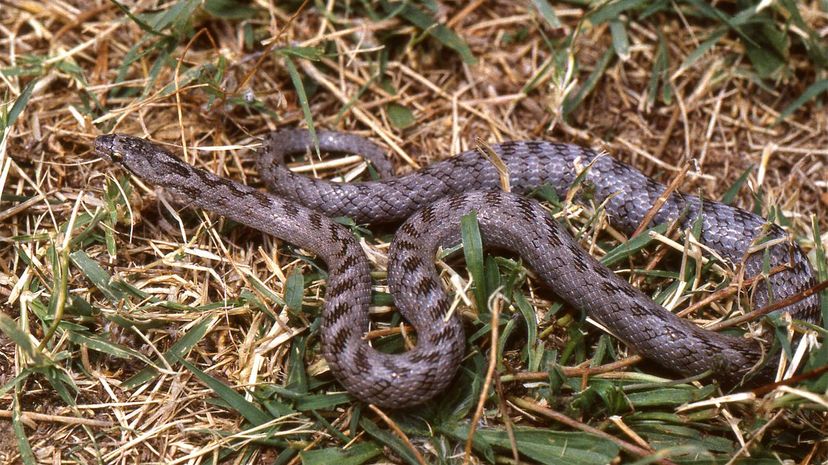
The Southern smooth snake is a non-venomous snake that can be found in France as well as Spain, Portugal, Morocco and Italy (amongst other places!). Like other smooth snakes, it doesn't have keeled scales and instead feels pretty slick if you run your hands along one. You know, if you like touching snakes.
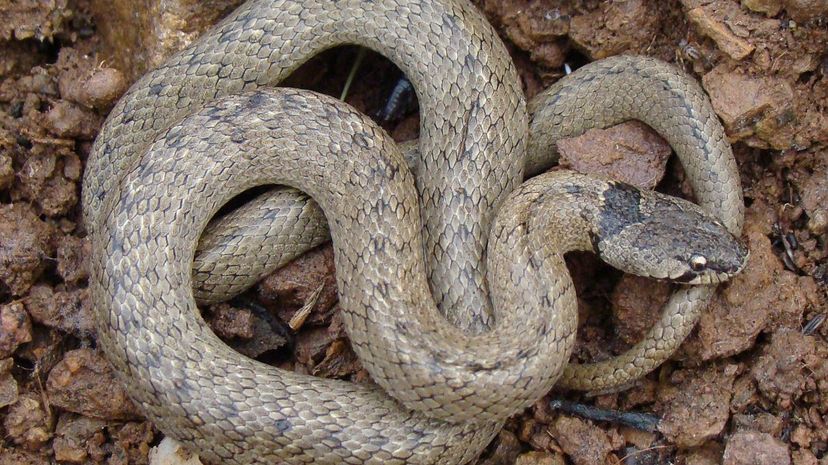
The false smooth snake gets its name because it does have smooth dorsal scales. Generally, a snake can have two kinds of scales: flat or keeled. Keeled scales have a ridge, which makes them rough to the touch, while flat scales feel smooth.
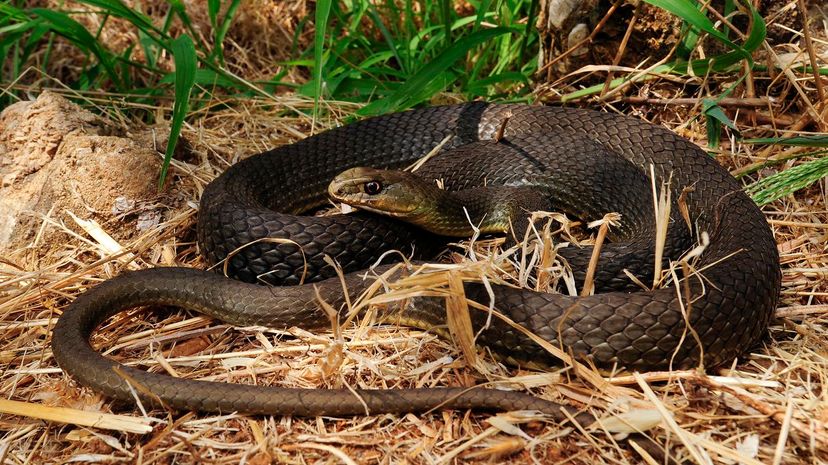
The Eastern Montpellier snake is a mildly venomous snake that has been observed engaging in the somewhat unusual practice of ophiophagy. Opiophagy is the fancy scientific name for eating snakes. It's probably easier to just say they're sometimes cannibals.
Advertisement
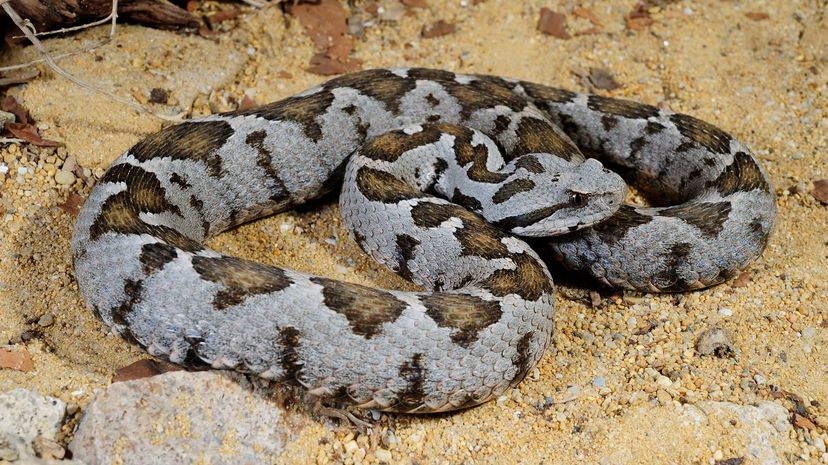
The Ottoman viper is, as you might assume, native to Turkey and surrounding areas. It tends to attack without provocation so it should be approached with caution if you happen to stumble across one.
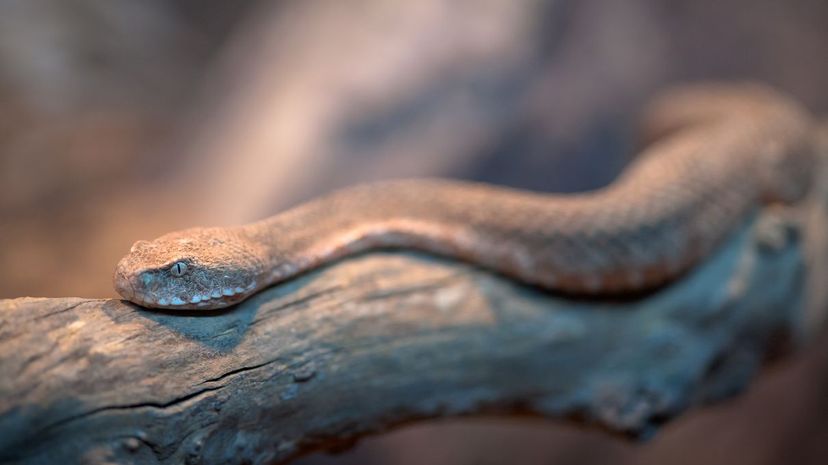
The Milos snake is named for the Greek island of Milos, which it calls home, though they can also be found on some other Greek islands as well. Because it exists in such a limited range, it's considered an endangered species.
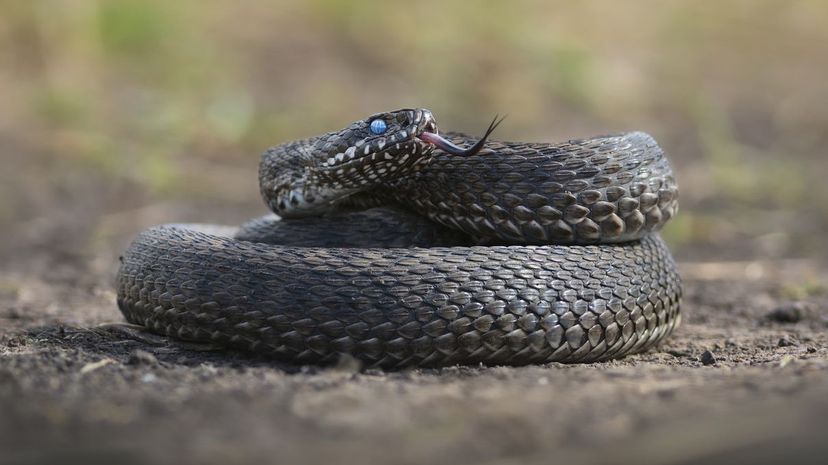
Sometimes called a field viper or a field adder, Orsini's viper was named in honor of Italian naturalist Antonio Orsini. Orsini also had some algae named after him and about half a dozen species of flowers.
Advertisement
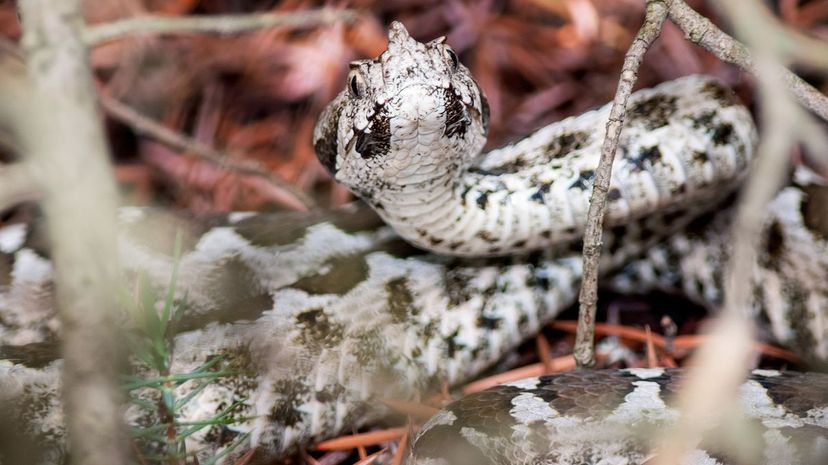
The nose-horned viper, also known as the sand viper, is an extremely dangerous snake. Their size, which can get over 3 feet, combined with highly potent venom, makes them snakes you probably want to avoid at all costs. Their name comes from the fact they have a little horn on their nose.
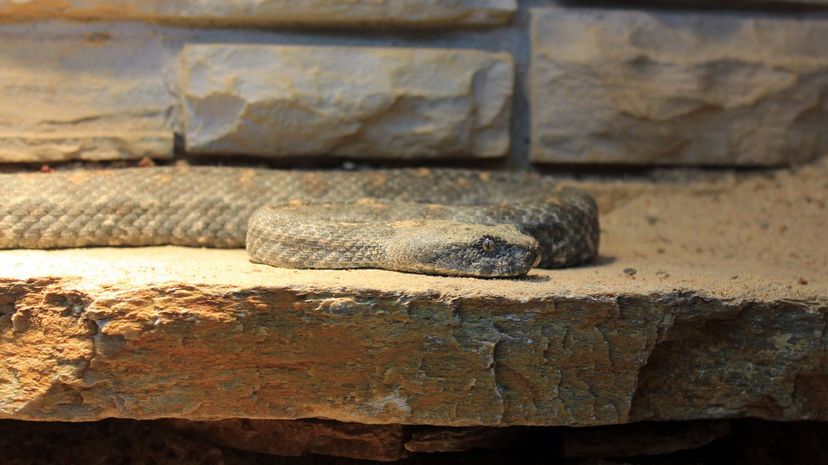
Blunt-nosed vipers can be found not just in Europe but throughout the Middle East and parts of Africa as well. They are endangered and strictly protected despite the fact that they can usually be found in upwards of 20 different countries.
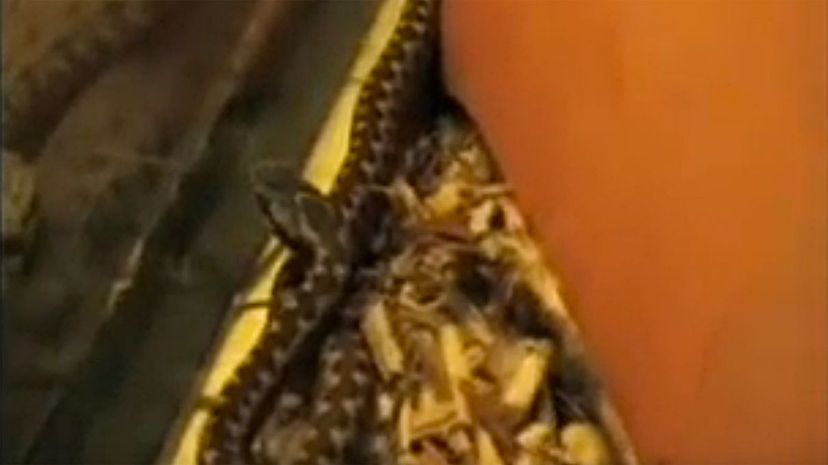
Orlov's viper was only discovered as a species in 2001. It was named in honor of Russian herpetologist Nikolai Lusteranovich Orlov. It's probably not surprising that it's a rare snake if it was only discovered a few years back!
Advertisement
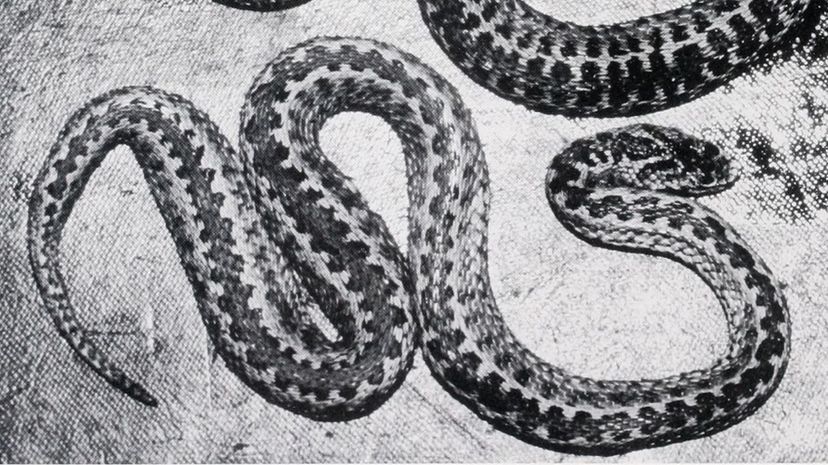
Lotiev's viper was named for Russian herpetologist K. Yu Lotiev who collected the first specimen of the snake to identify it. They're native to Russia, Georgia and Azerbaijan and are best avoided by people since they're venomous.